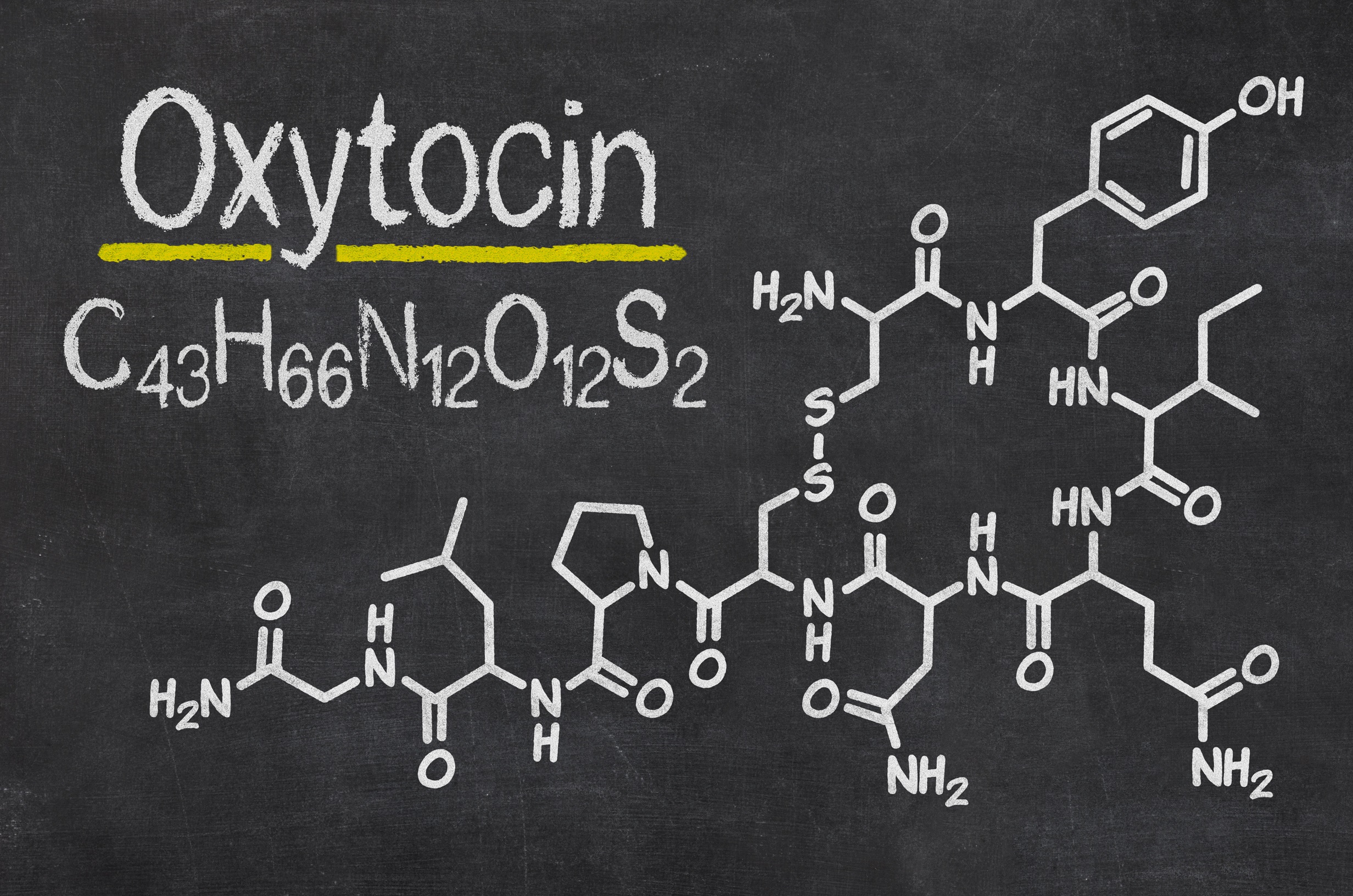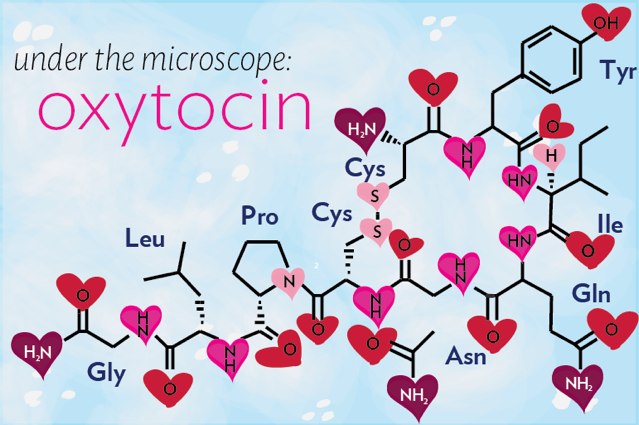Physiology of love role of oxytocin in human relationships stress
Table of Contents
Table of Contents
The Power of Touch: Understanding the Role of Oxytocin in Promoting Emotional Well-Being in Relationships
Many of us crave intimacy and human connection, yet struggle to establish and maintain close relationships. While there are countless factors that contribute to relationship challenges, one key aspect is the role of touch and the hormone oxytocin. Oxytocin, often referred to as the “love hormone,” is a powerful neurotransmitter that can have a significant impact on our emotional well-being and ability to connect with others.
Without even realizing it, many of us may be experiencing emotional pain points related to a lack of touch and connection. These pain points may manifest in feelings of loneliness, depression, or anxiety, and they can make it difficult to establish meaningful relationships. We may find ourselves avoiding intimacy or feeling disconnected from our partners, without understanding the root cause.
So, what exactly is the target of oxytocin and the role of touch in promoting emotional well-being in relationships? Essentially, oxytocin helps to facilitate social bonding and connection through touch. When we engage in physical touch, such as hugging or holding hands, oxytocin is released in our brains, creating feelings of trust, security, and happiness. This can lead to increased emotional intimacy and closeness in our relationships.
In summary, the key to promoting emotional well-being in relationships lies in fostering a strong sense of connection through touch. By understanding the power of oxytocin and intentionally incorporating touch into our daily lives, we can deepen our relationships and experience greater emotional fulfillment.
The Personal Experience of Oxytocin and the Role of Touch in Promoting Emotional Well-Being in Relationships
For me, the role of touch in promoting emotional well-being in relationships became particularly clear during a difficult time in my life. After experiencing a traumatic event, I found it challenging to connect with others and often felt isolated and alone. However, I noticed that when I engaged in physical touch with loved ones, such as hugs or holding hands, I felt a sense of comfort and safety that helped me to overcome my emotional pain points.
As I delved deeper into the science behind oxytocin and touch, I began to understand just how powerful these simple acts of connection can be. By intentionally incorporating touch into my daily life, such as through massage or cuddling with a pet, I have been able to cultivate greater emotional intimacy and stability in my relationships.
The Benefits of Touch for Emotional Well-Being in Relationships
Beyond its impact on oxytocin levels, touch can have numerous other benefits for our emotional well-being in relationships. For example, physical touch has been shown to reduce stress and anxiety, promote feelings of calm and relaxation, and improve sleep quality. Additionally, touch can help to foster communication and empathy in our relationships, leading to greater understanding and emotional support.
How to Incorporate Touch into Your Relationship to Promote Emotional Well-Being
If you want to cultivate greater emotional intimacy and well-being in your own relationships, there are several things you can do to intentionally incorporate touch into your daily life. Some ideas include:
- Spend time cuddling or holding hands with your partner on a regular basis
- Practice self-massage or receive professional massages to promote relaxation and reduce stress
- Engage in physical activity, such as dancing or yoga, that emphasizes touch and connection
- Find ways to incorporate touch into your daily routine, such as by petting an animal or giving yourself a gentle hug
Understanding the Science of Oxytocin in the Brain
While the benefits of touch for promoting emotional well-being in relationships are clear, it’s important to understand the science behind oxytocin in the brain. Oxytocin is produced in the hypothalamus and released into the bloodstream and brain in response to social bonding experiences, such as physical touch or positive social interactions. Once released, oxytocin can influence a variety of processes in the brain, including mood, anxiety, and social cognition.
Question and Answer
Q: What are some additional ways to increase oxytocin levels in the brain?
A: Other activities that can increase oxytocin levels in the brain include breastfeeding, exercising, and even eating certain foods, such as chocolate or spicy foods.
Q: Can oxytocin have negative effects on our emotional well-being?
A: While oxytocin is generally seen as a positive hormone for promoting emotional well-being and social bonding, it is possible for it to have negative effects in some circumstances. For example, research has shown that oxytocin can lead to increased feelings of envy or prejudice in individuals who are not part of our social group.
Q: How can touch help to reduce conflict in relationships?
A: Touch has been shown to help reduce conflict and tension in relationships by promoting feelings of empathy and compassion. When we engage in physical touch with our partners, we are better able to understand their perspective and respond with greater kindness and patience.
Q: Is touch important for all types of relationships, or just romantic ones?
A: While touch is certainly important for romantic relationships, it can also have benefits for platonic relationships and even our relationships with pets. By engaging in physical touch with those around us, we can foster greater feelings of trust, compassion, and understanding.
Conclusion of Oxytocin and the Role of Touch in Promoting Emotional Well-Being in Relationships
Overall, the power of touch and oxytocin in promoting emotional well-being in relationships cannot be understated. By intentionally incorporating touch into our daily lives, we can deepen our relationships, reduce stress, and experience greater emotional fulfillment. Whether through cuddling with a loved one or simply giving yourself a gentle hug, take the time to cultivate greater connection through touch and experience the transformative power of oxytocin for yourself.
Gallery
Social Touch Promotes Communication Via Oxytocin | Human Frontier
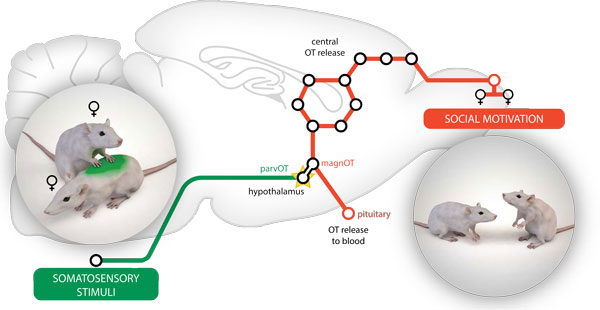
Photo Credit by: bing.com / oxytocin promotes
Oxytocin: The Love Hormone | Why We Need It | How We Can Get It
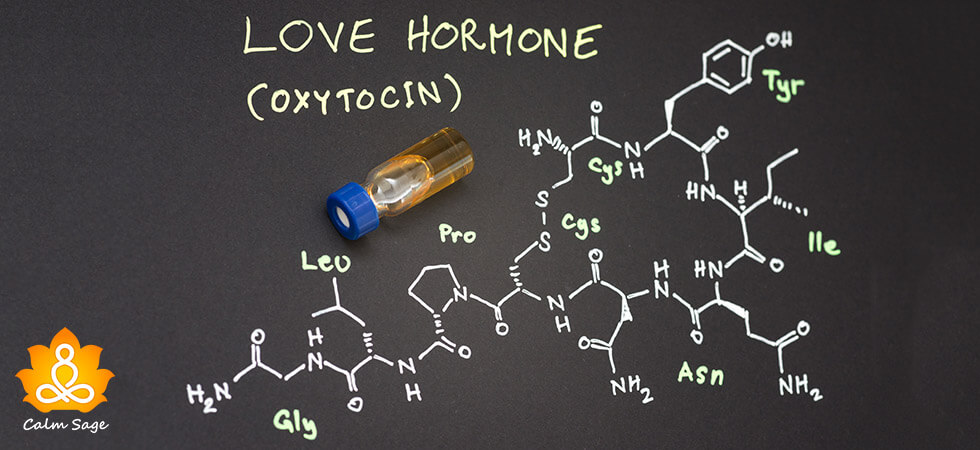
Photo Credit by: bing.com / oxytocin hormone neurotransmitter
Physiology Of Love: Role Of Oxytocin In Human Relationships, Stress

Photo Credit by: bing.com / oxytocin foyles takahashi irena toku foyalty
» Human Touch And Our Internal Connection To Beauty Beauty Blog
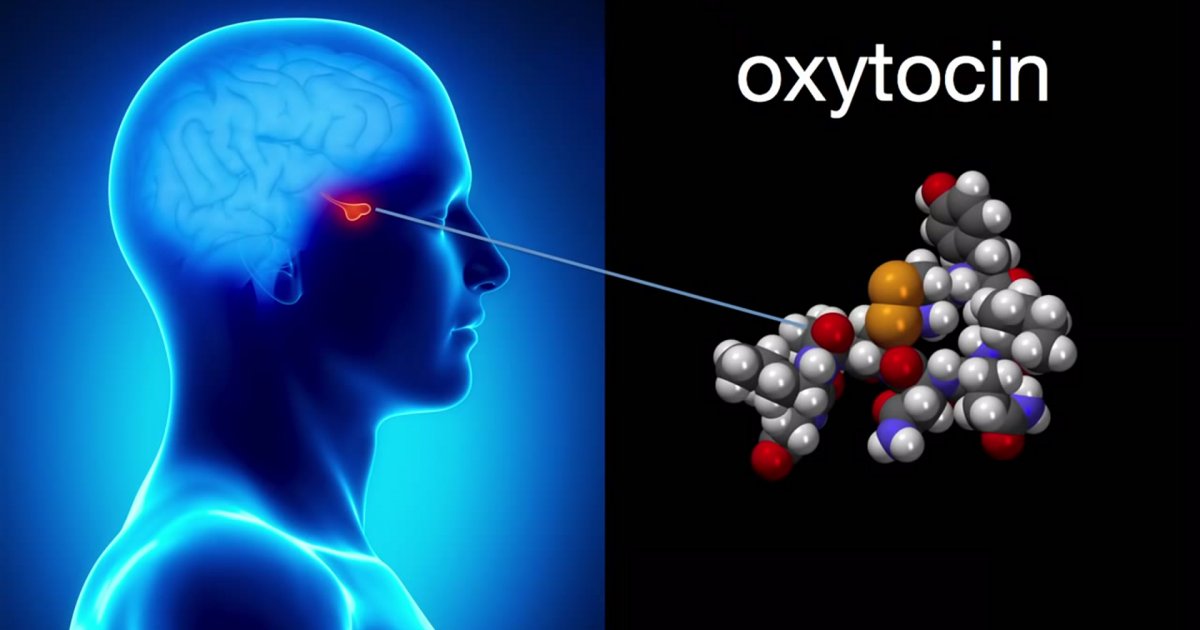
Photo Credit by: bing.com / oxytocin hormone hug gland brain released porn ted stress pituitary beauty releases when forth author young gary wilson effects talk
Frontiers | Two Birds With One Stone: Possible Dual-Role Of Oxytocin In
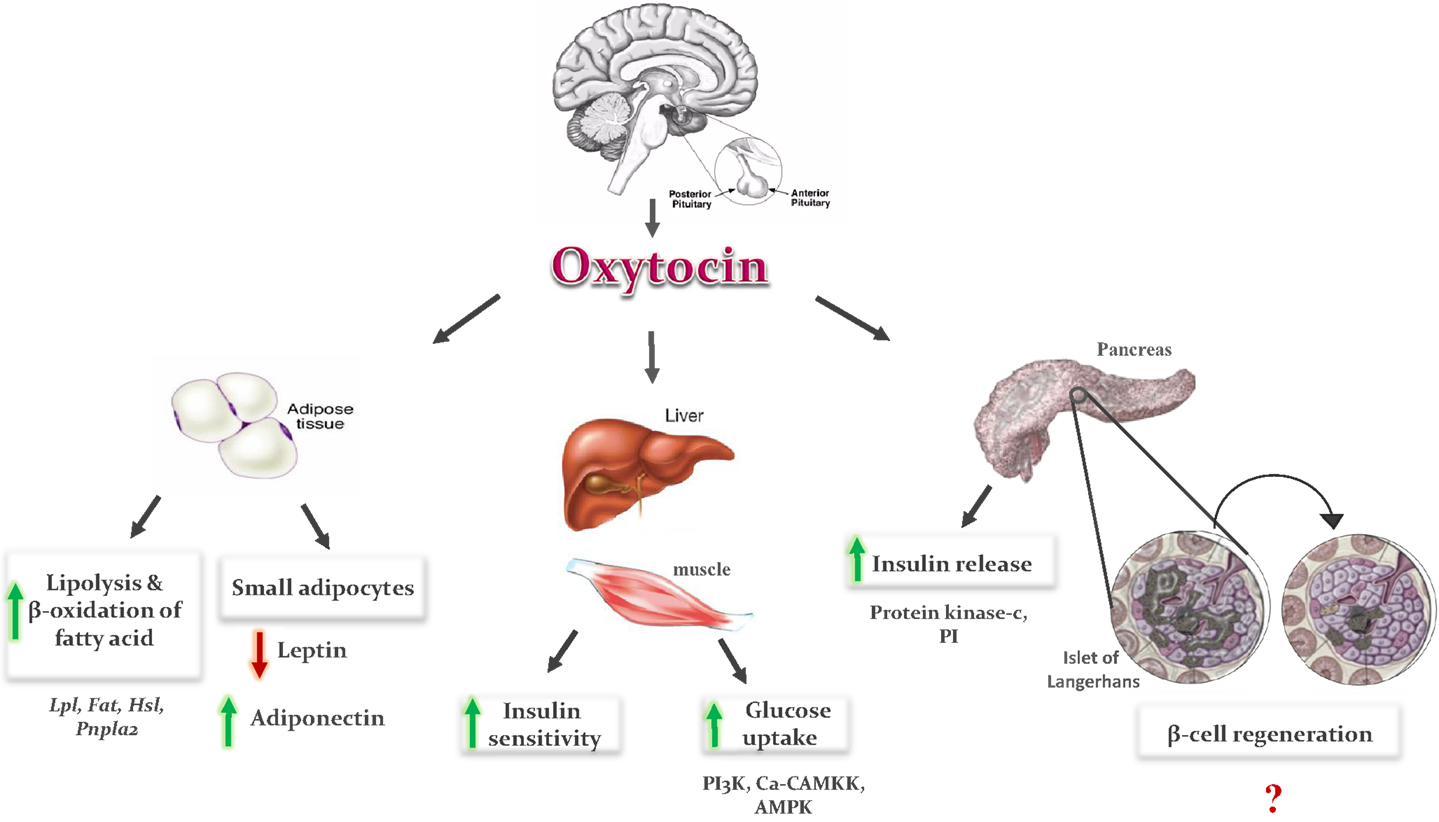
Photo Credit by: bing.com / oxytocin hormone role pituitary pregnancy secreted posterior effects gland released diabetes cells secretion when hypothalamus metabolic dual osteoporosis two lobe

